How to reduce water waste in your yard – 5 water-saving solutions for greener summer gardening
Temperatures are rising and we're out watering our gardens more often, but it's important to know how to do so more efficiently and sustainably
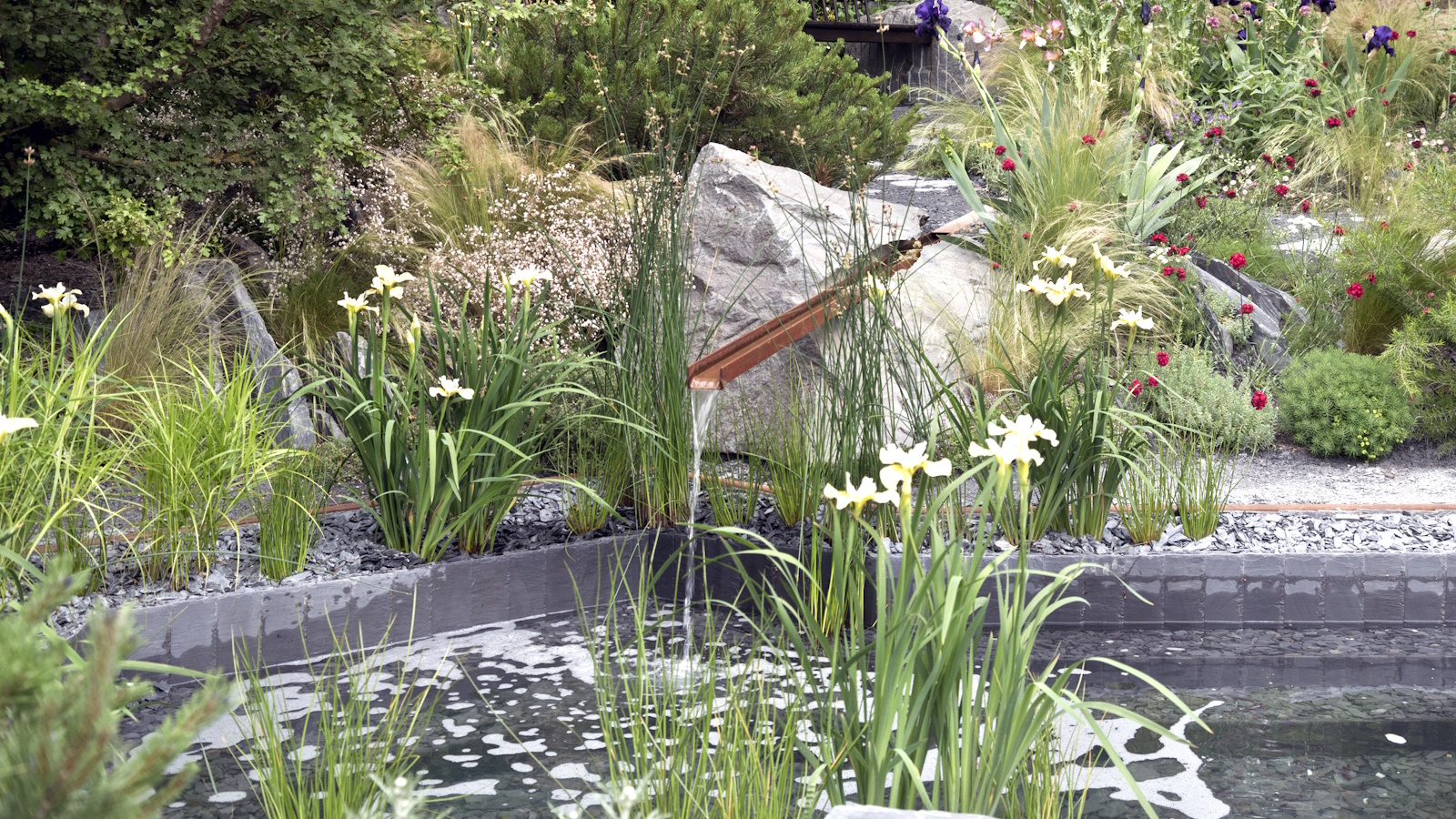

As temperatures are on the rise and summer settles in, there's no doubt that we'll be out watering our garden plants more frequently. But with a need to save water usage, both for the planet and our wallets, it's never been more important to find a way to prevent wasting water in the yard.
You might have already searched for the best sustainable garden ideas for your outdoor space and started to take water-saving tips on board, but there is always more we can do to reduce the amount of water that goes to waste in our backyards. From classic methods of rainwater collection to thinking more carefully about planting choices, there are a whole host of innovative methods to be more water efficient in the garden.
We've spoken to sustainable garden experts to find out about some of the best ways to reduce water waste in the yard so that you can save this summer.
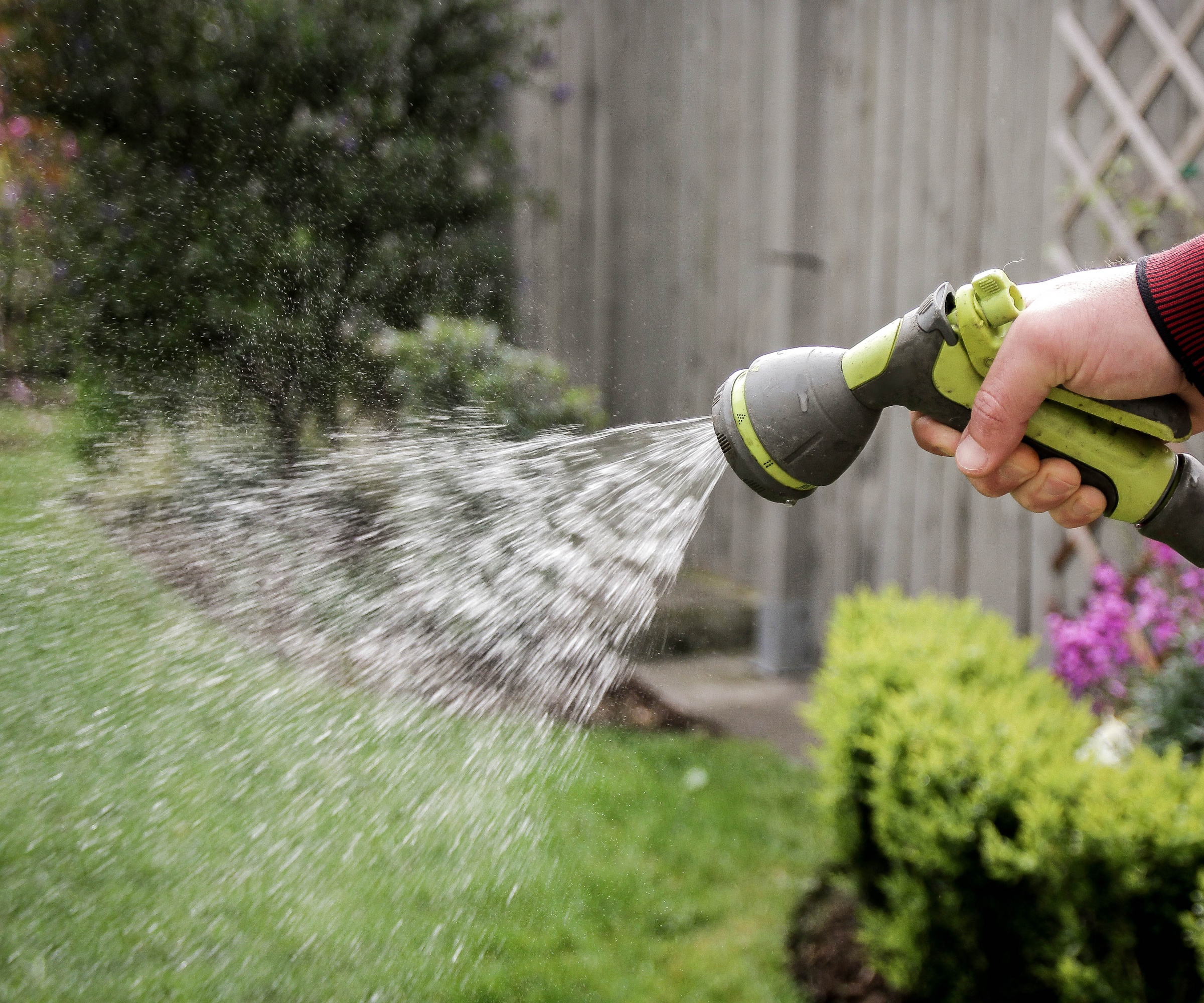
5 ways to reduce water waste in your yard
While knowing how to water plants correctly and how long to water the lawn for can help you water more efficiently, incorporating different methods into your gardening regime can make the biggest difference to reducing wastage in your yard. Discover 5 methods recommended by experts below.
1. Collect rainwater
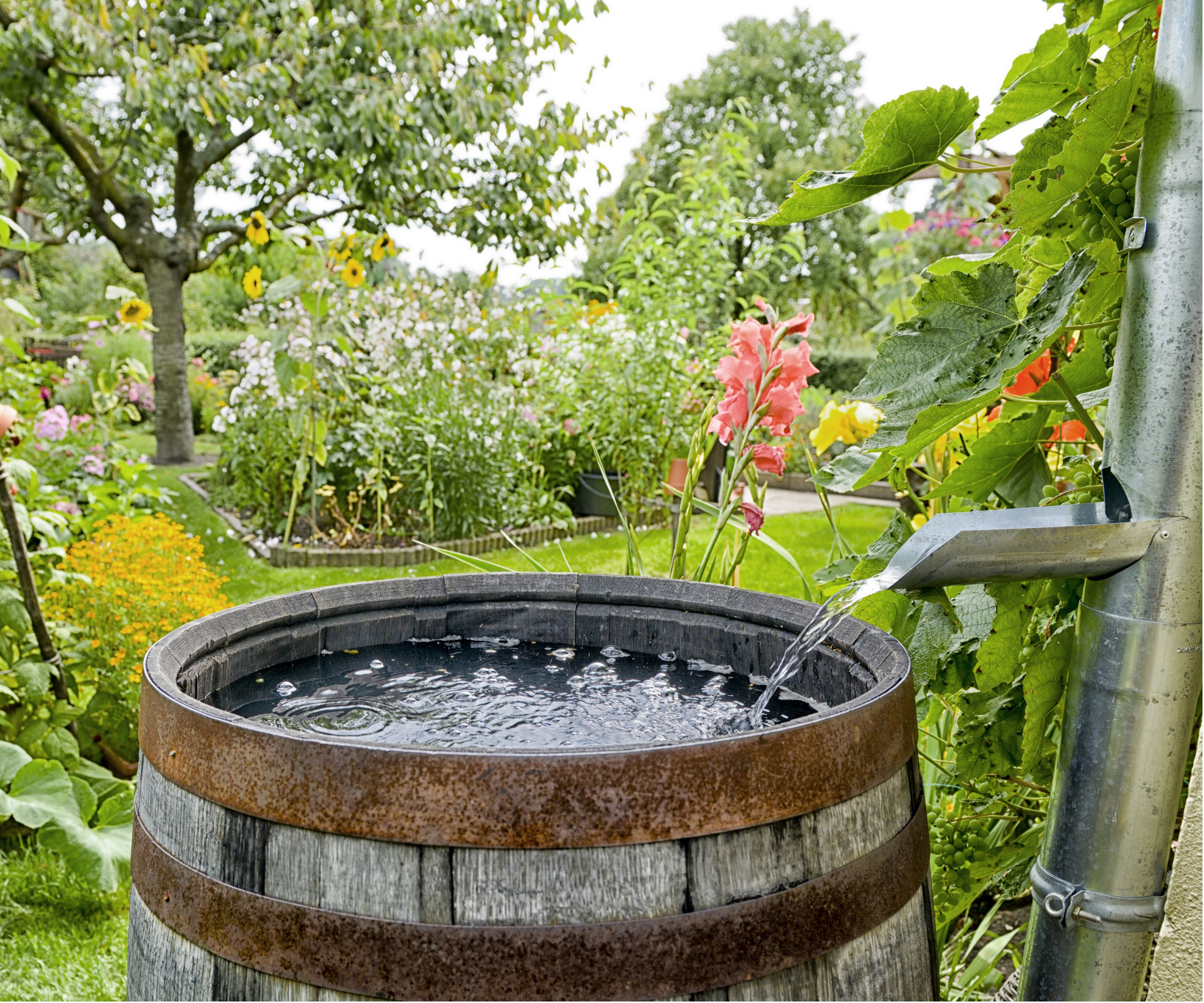
Perhaps the oldest trick in the book, you can reduce the amount of water you waste in your yard by alternatively using rainwater on your plants. Rainwater harvesting has long been loved by gardeners and is increasingly encouraged for a greener way to water plants.
'Collecting or harvesting rainwater allows you to capture excess rain water and store it for later use. This collected rainwater can be a great alternative to watering your plants from the tap or from your sprinkler system, and can save money off your watering bill,' says Sarah Menz, master gardener at Rachio.
There are a few ways you can collect rainwater, including using a rain chain, like this rain chain from Amazon, or making a rain barrel.
'Even if collected rainwater isn’t enough to meet all of your plants’ water requirements, you can still use what’s collected to augment your irrigation,' Sarah notes. 'Some states have restrictions on how much rainwater you can harvest, so it’s a good idea to check local and state restrictions before installing a system of your own,' she adds.
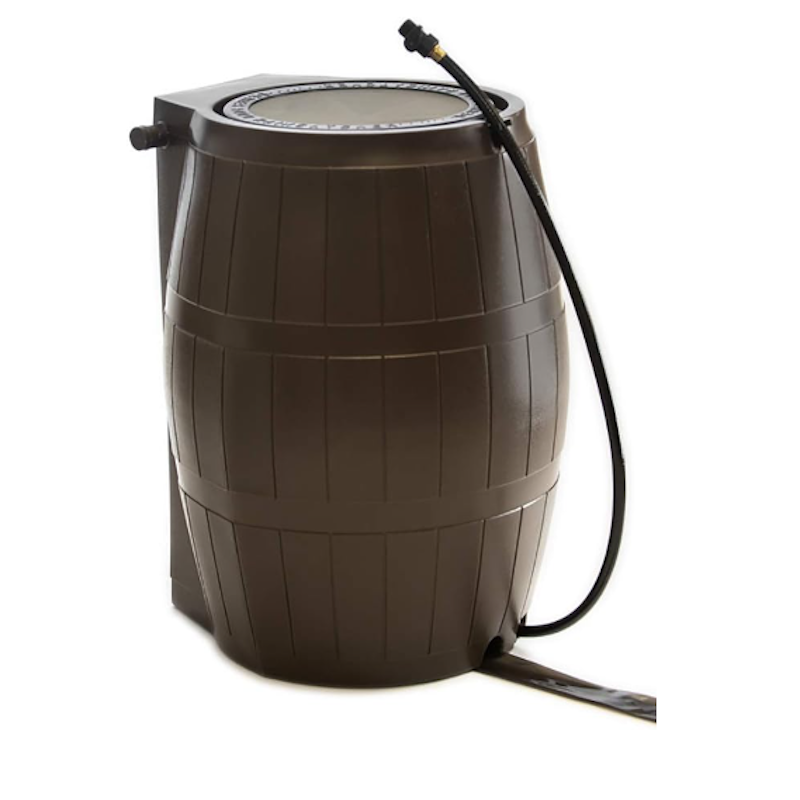
This outdoor rain catcher has an aluminium mesh screen to keep debris out and has a garden hose for convenient use of collected water.

Sarah is a master gardener and Director of Brand Marketing at Rachio, the leading smart-yard tech company at the forefront of sustainable water use. Sarah is passionate and knowledgeable in sustainable solutions, water conservation, and systems thinking. She advises on all things agriculture, gardening and eco-friendly practices.
2. Reduce sprinkler use

If you use sprinklers to water your lawn or are wondering how long to water your garden with a sprinkler, have you considered reducing or stopping your use of them? While it's true that sprinklers can make watering more convenient, there's a lot of water that goes to waste as a result of incorrect sprinkler use.
'Inefficient watering accounts for up to 50% of outdoor residential water waste, so it’s really important that you check in on your sprinkler system regularly and monitor for major leaks, broken sprinkler heads, and bad solenoids,' says Sarah.
Experts urge gardeners to install sprinkler timers or an irrigation system to help monitor and keep your sprinkler use to a minimum.
'Ensure that you have a smart irrigation controller to help keep track of how much water is being used,' says Eric Alder, CEO at Flume Water. 'These products help minimize outdoor water use by assessing conditions such as the moisture levels in the soils and accounting for variables including wind, rain and slope,' he adds.

This sprinkler timer has two large outlets to customize your watering schedule according to zones in your yard.
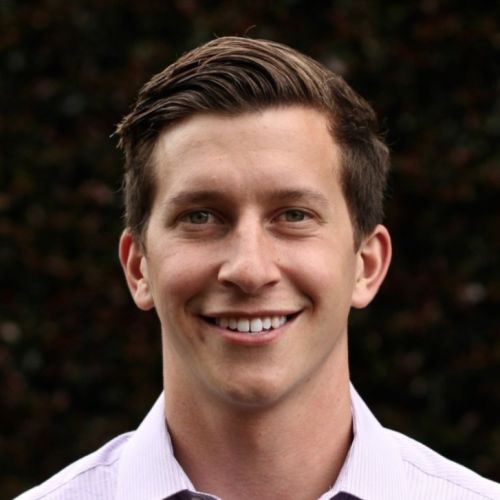
As a Central Oregon native, avid outdoorsman and an adventurer at heart, Eric has always been determined to use and support sustainable products and practices. Eric chose to study mechanical engineering in hopes of designing products that would have a positive environmental impact. Inspired by California’s 2014 record-breaking drought, Eric pursued the incubation of a senior engineering project focused on providing water usage and conservation data to homeowners into an IoT startup called Flume.
3. Use a drip irrigation system
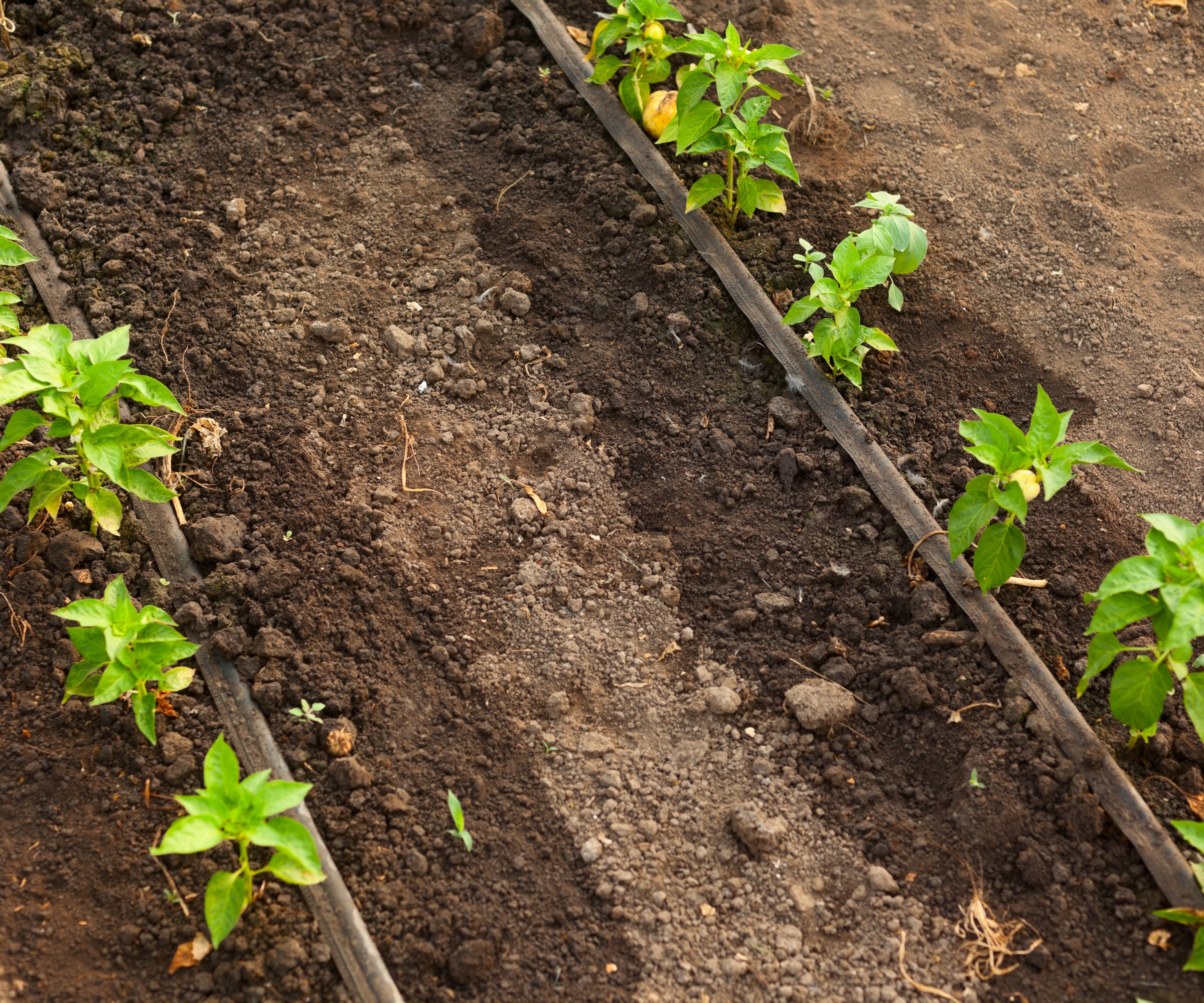
Just like having an irrigation system in place for your sprinklers, installing a drip irrigation system can help keep water waste to a minimum by slowly trickling water right to the roots of plants where it's needed.
'As drip irrigation delivers water directly to the root zone of each plant, these systems can really help your conservation efforts as they have no evaporation, runoff or waste. They also save energy as they will work under low water pressure,' says Eric.
It's true that having a drip irrigation system set up can reduce surface water run off in your yard and ensure your plants are getting sufficient levels of moisture without wasting any excess water.
It is also possible to make your own drip irrigation system as part of a DIY garden watering system, or you can find one online to install in your yard.
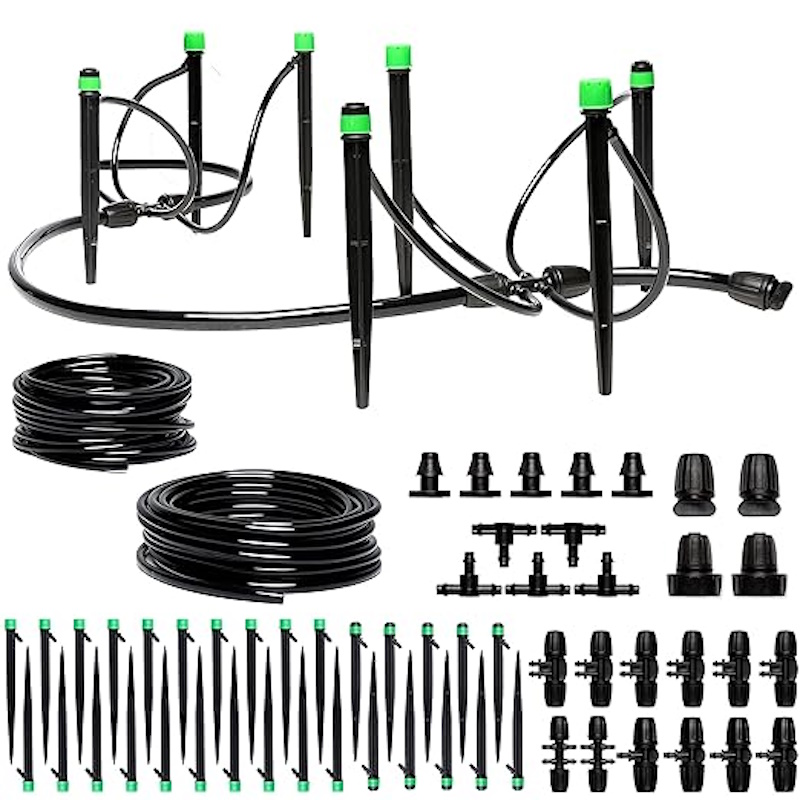
This easy-to-install drip irrigation system has 50ft of flexible and durable irrigation tubing, helping to water plants efficiently.
4. Choose drought-tolerant plants
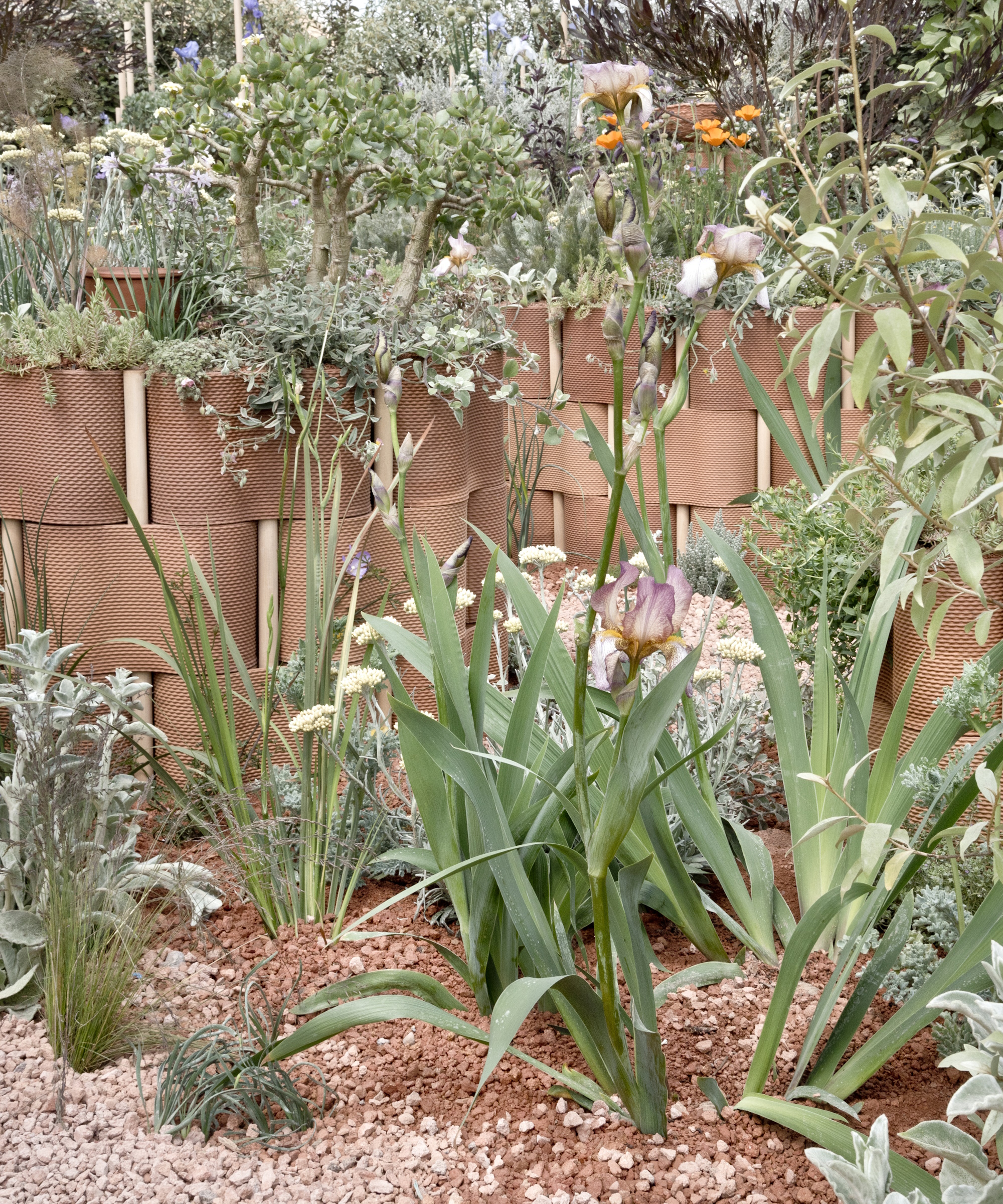
An easy way to reduce water waste in your yard is by choosing plants that need watering less often. Drought tolerant planting is perfect for hotter climates, adapting well to dry spells and lower moisture levels.
'Using plants that are more accustomed to a hotter local-climate will help save water, as the plants won't need as much watering attention to survive,' says Eric. 'When you bring in plants that aren't used to a drought like environment, you'll find yourself burning through gallons of water just to keep them alive,' he adds.
Luckily, there are lots of ways to incorporate native planting in your yard to help you save water - including plenty of California native planting ideas that will help you create a garden full of plants that won't need watering frequently.
Take care to always research your US hardiness zone to ensure you choose plants that can grow well in your local area.
5. Improve your soil health
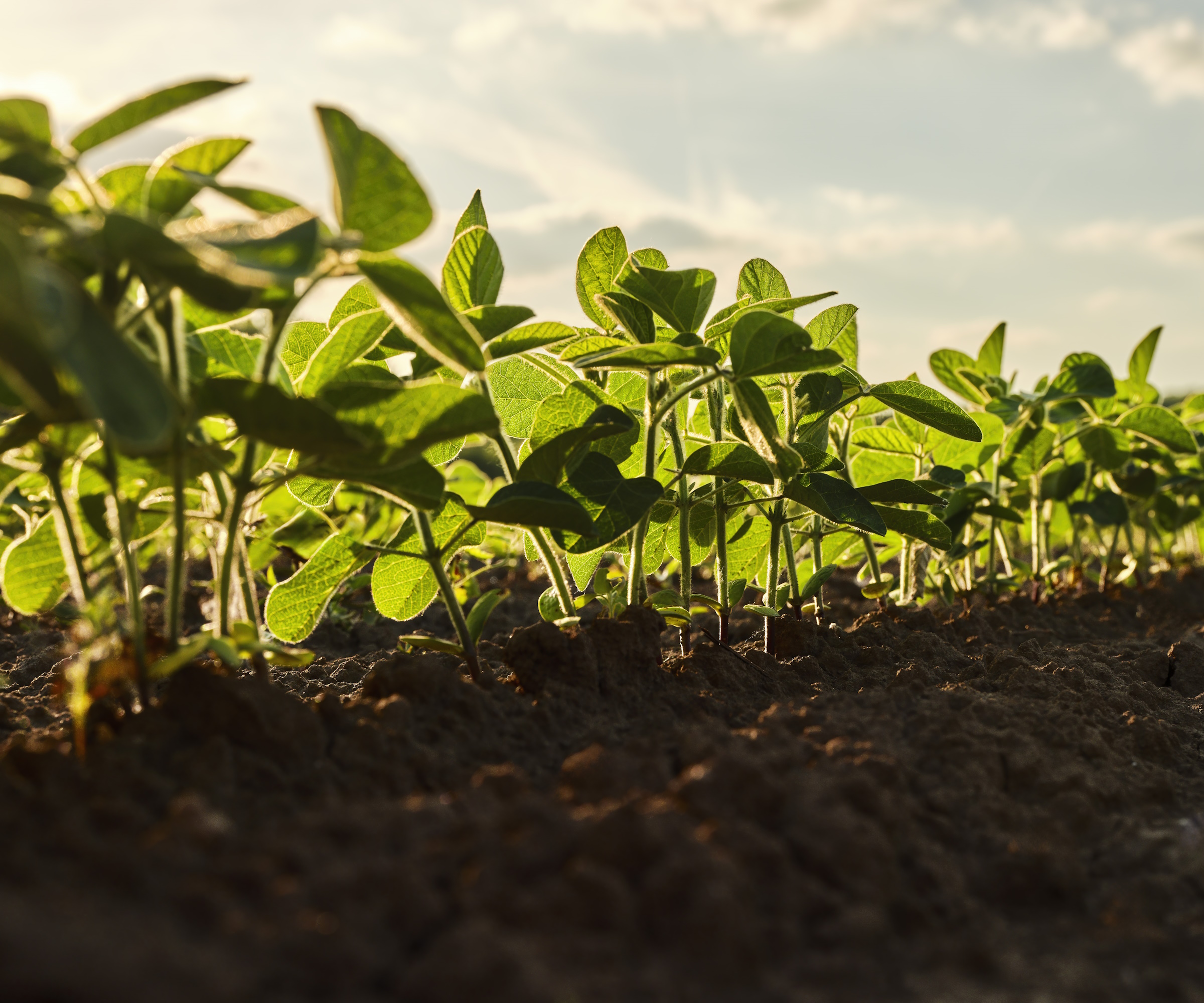
Soil health has a massive part to play in how often you end up watering your plants, due to its ability to retain water. If you have poor quality soil that lets go of water too quickly, you might find yourself constantly watering your plants.
'Healthy soil is able to capture and retain more water than degraded soil, so it’s important to make sure you’re regularly adding organic matter (like finished compost) to your soil in order to give it structure,' says Sarah.
You can make compost yourself to add to your soil and boost its nutrients, or buy it online like this compost from Amazon.
'Healthy soil with ideal soil structure will include soil pores; these pores are spaces between soil particles that can hold air and water – both of which are essential for plant life. Water flows and is stored in these soil pores, making water accessible to plants,' Sarah adds.
If you find that your soil is drying out quickly, it can also be a good idea to get your soil tested and start taking action to improve its quality.
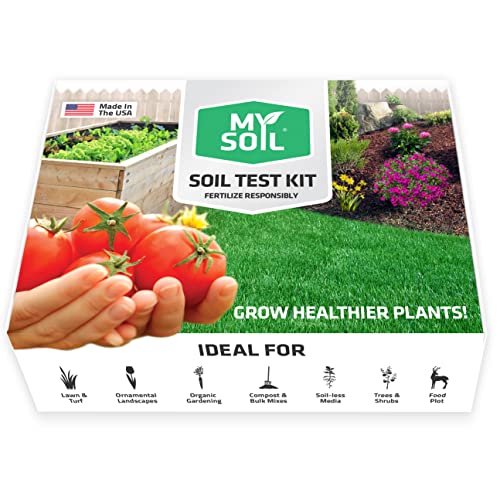
Use this soil test kit to measure the levels of 13 different nutrients in your soil, including the nitrogen and pH level.
FAQs
Can you use gray water on garden plants?
Gray water refers to domestic waste water and is often used by gardeners as a way to reduce water waste and garden more sustainably. You can water plants with bath water and even dishwater, but you should be careful about the type of soap and chemical products that may be in the water and could affect the health of your soil and plants. Gray water that is clear of harmful chemicals is safe to use on plants and a great way to reduce water waste in your yard.
There are plenty of ways to reduce water waste in the yard and each method can help you water your plants more efficiently through the hotter months. It's also a good idea to get to grips with when to water plants to perfect your water schedule and ensure you are watering in the most effective manner this summer.
Sign up to the Homes & Gardens newsletter
Design expertise in your inbox – from inspiring decorating ideas and beautiful celebrity homes to practical gardening advice and shopping round-ups.

Tenielle is a Gardens News Writer at Homes & Gardens. She holds a qualification in MA Magazine Journalism and has over six years of journalistic experience. Before coming to Homes & Gardens, Tenielle was in the editorial department at the Royal Horticultural Society and worked on The Garden magazine. As our in-house houseplant expert, Tenielle writes on a range of solutions to houseplant problems, as well as other 'how to' guides, inspiring garden projects, and the latest gardening news. When she isn't writing, Tenielle can be found propagating her ever-growing collection of indoor plants, helping others overcome common houseplant pests and diseases, volunteering at a local gardening club, and attending gardening workshops, like a composting masterclass.
-
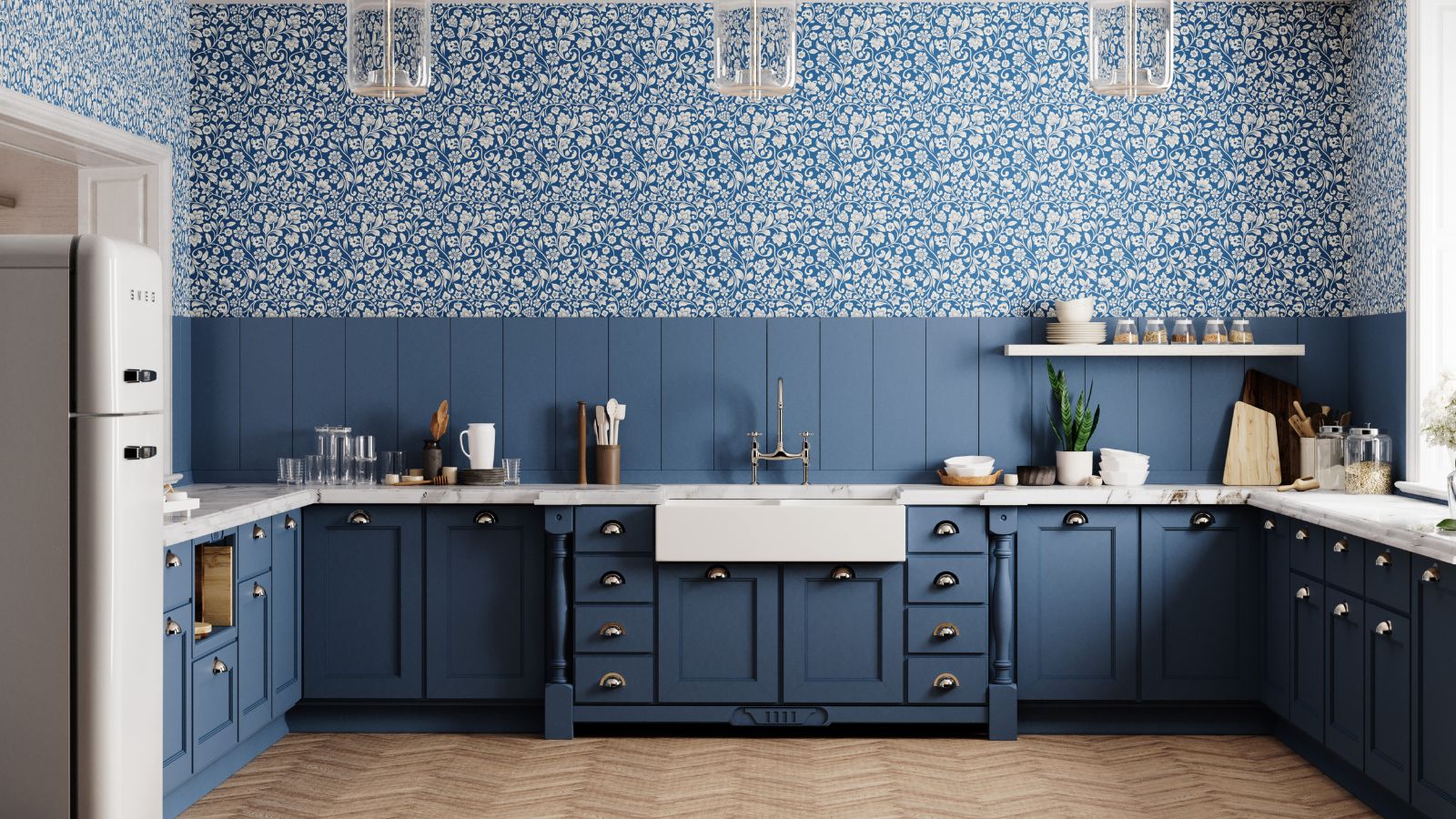 Do cleaning products expire? Professional cleaners warn time could make them ‘less effective, and in some cases, irritating to use’
Do cleaning products expire? Professional cleaners warn time could make them ‘less effective, and in some cases, irritating to use’For the best results, it pays to stay on top of the timeline of your cleaning products
By Chiana Dickson Published
-
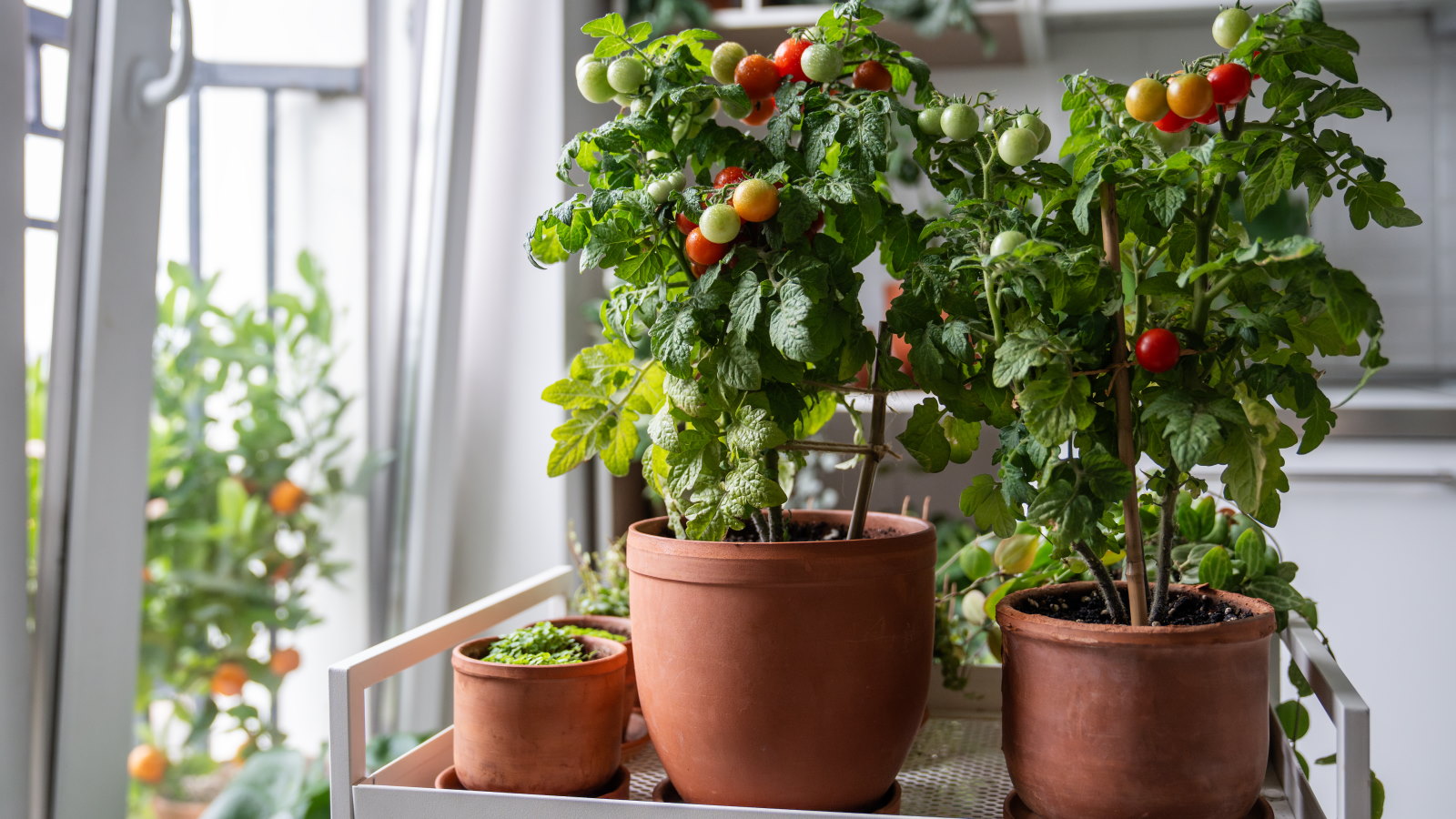 7 of the best tomatoes for growing in pots - expert growers pick their top varieties ideal for large harvests from containers
7 of the best tomatoes for growing in pots - expert growers pick their top varieties ideal for large harvests from containersYou can enjoy bumper homegrown harvests in small spaces
By Drew Swainston Published
-
 When and how to divide asparagus – expert tips to rejuvenate older plants for better yields
When and how to divide asparagus – expert tips to rejuvenate older plants for better yieldsDividing asparagus crowns is simple and rewarding, but you must get the timing right
By Drew Swainston Published
-
 Standing mowers vs riding mowers – a mowing expert reveals which is best
Standing mowers vs riding mowers – a mowing expert reveals which is bestStanding mowers vs riding mowers is a heated debate among landscapers. I spoke to a landscaping expert to find out if standing mowers really are the best
By Alex David Published
-
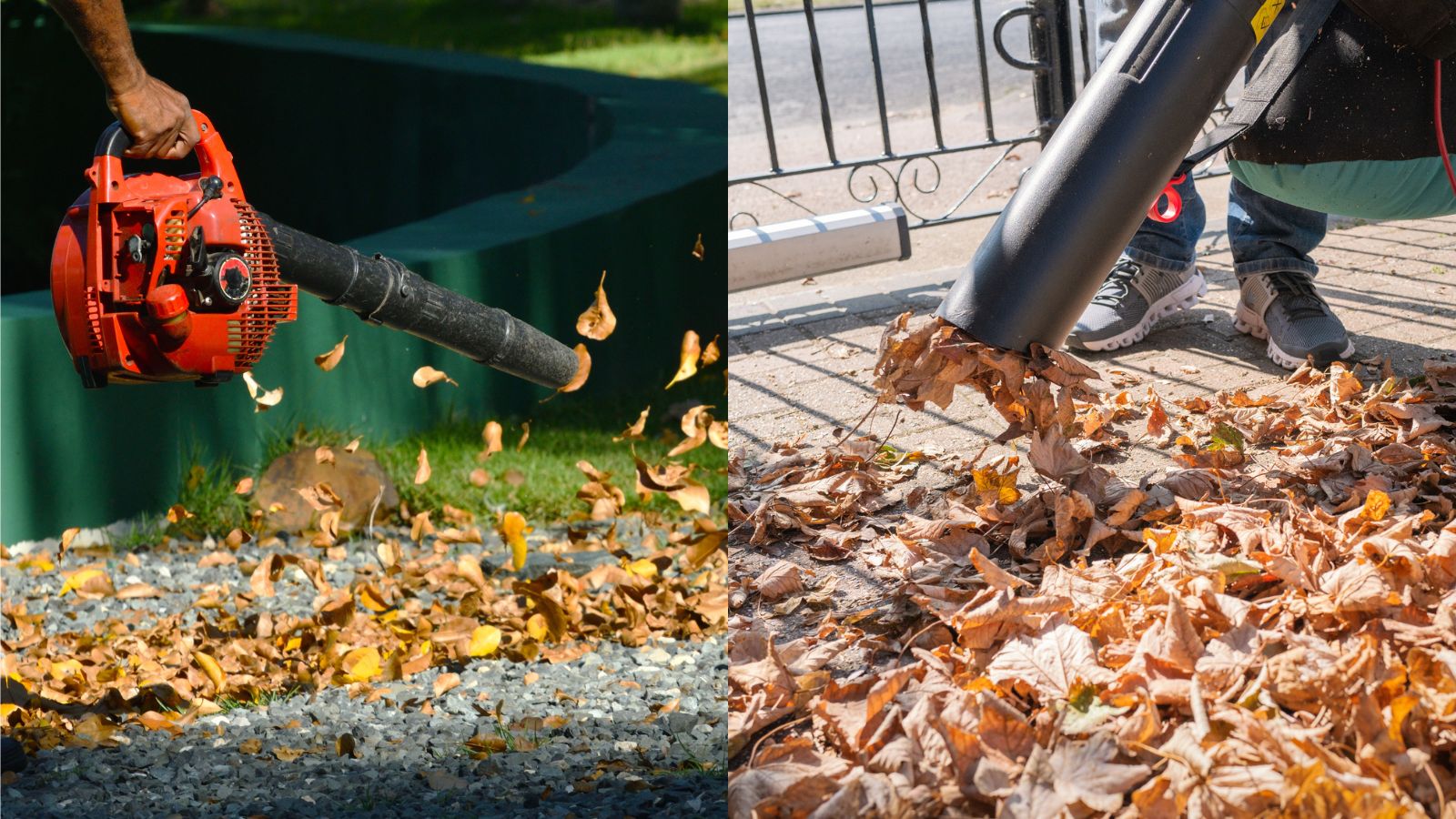 Leaf blowers vs leaf vacuums – which is best for your yard, and should you bother with either?
Leaf blowers vs leaf vacuums – which is best for your yard, and should you bother with either?It's not obvious which is best between leaf blowers v leaf vaccums. As a product tester, this is all you need to know about these controversial yard tools
By Alex David Published
-
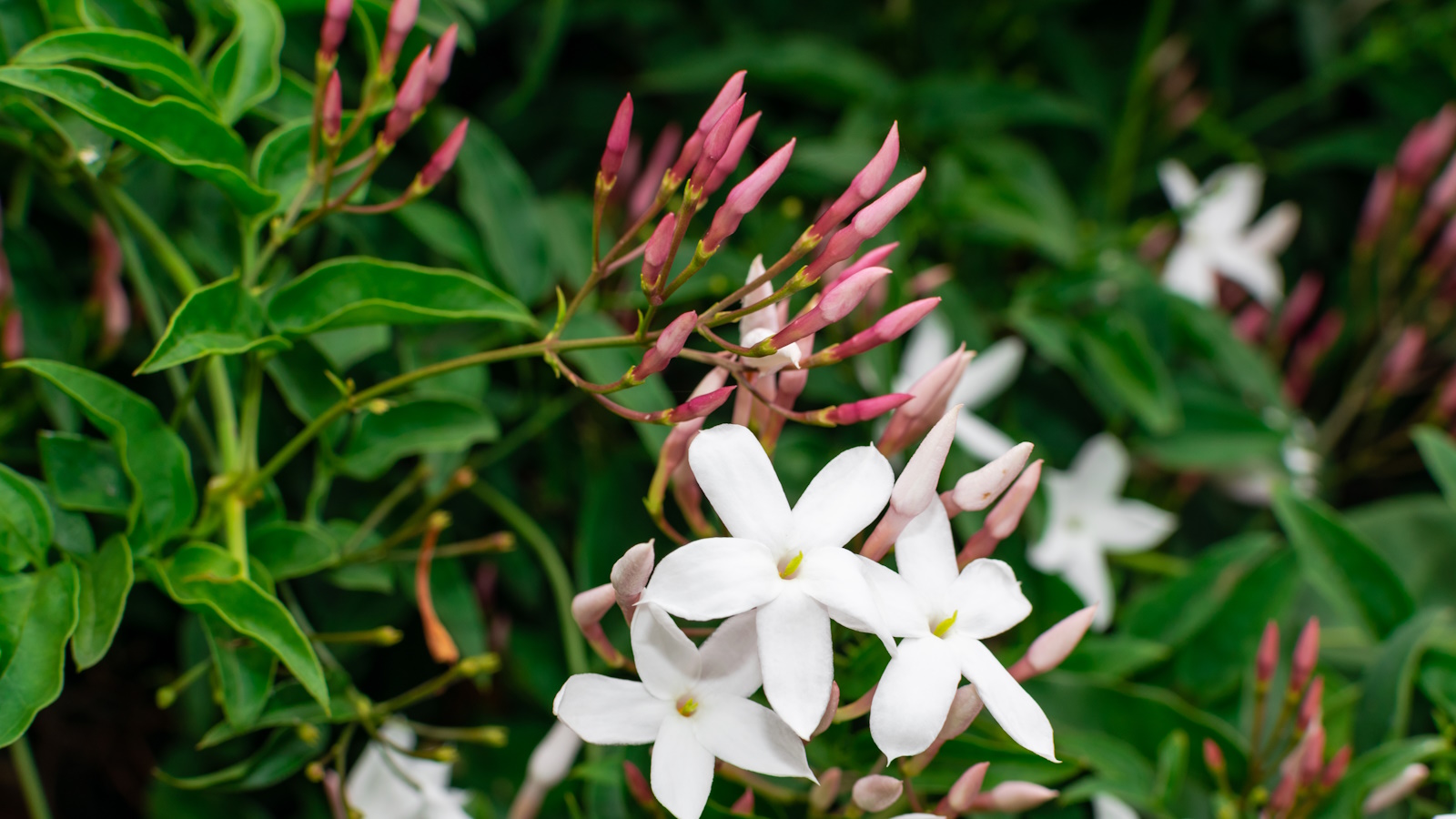 Pruning jasmine in late summer will ensure your plants bloom better than ever next year
Pruning jasmine in late summer will ensure your plants bloom better than ever next yearTiming is critical when pruning summer-flowering climbers
By Thomas Rutter Published
-
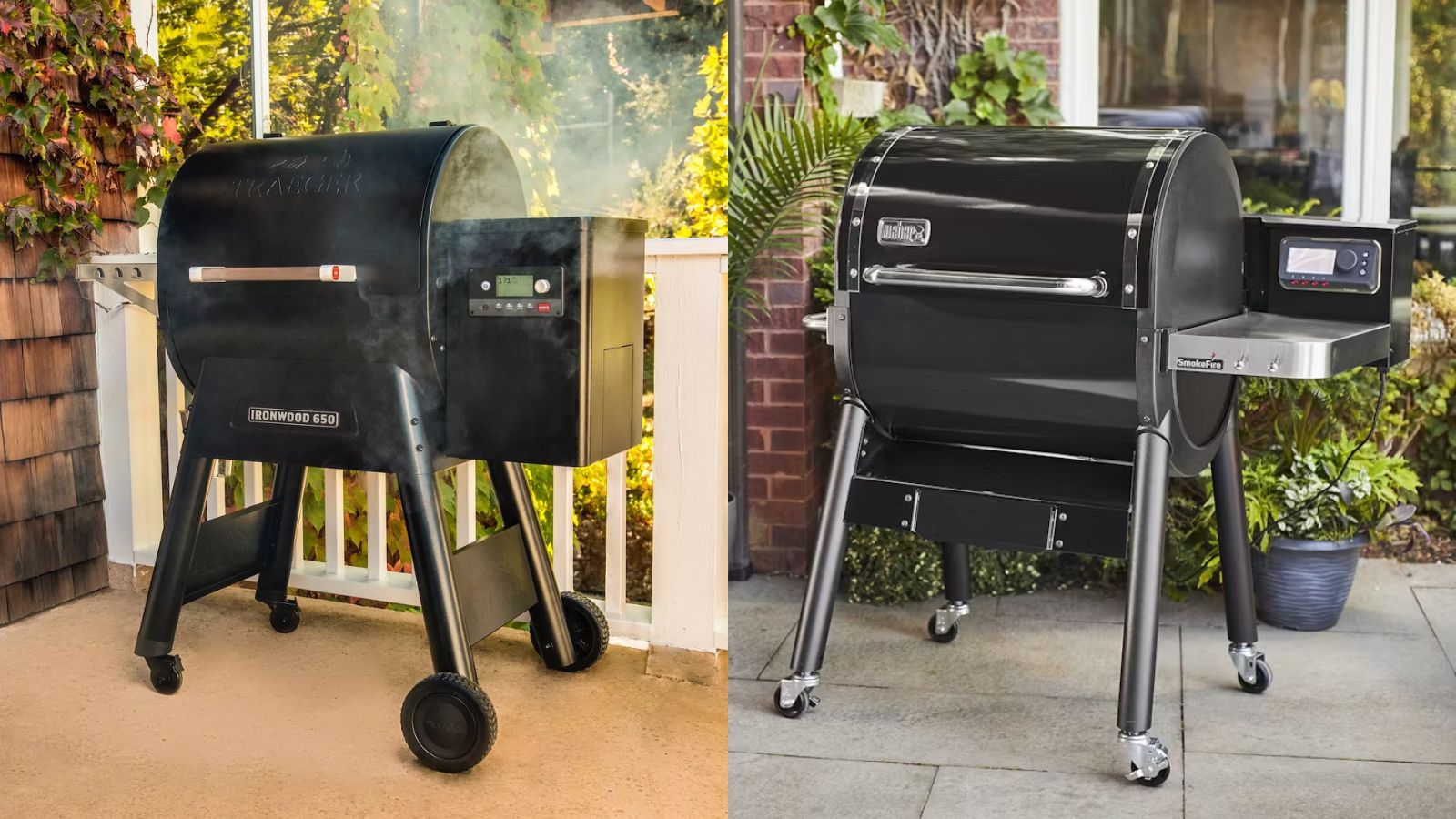 Weber vs Traeger – which pellet grill should I buy? Advice from a product tester
Weber vs Traeger – which pellet grill should I buy? Advice from a product testerThey're two titans of the grilling game, but who comes out on top between Weber vs Traeger? As a product tester, this is all you need to know about the brands
By Alex David Published
-
 Bougainvillea in miniature – with a little patience, anyone can grow these vibrant plants in bonsai form
Bougainvillea in miniature – with a little patience, anyone can grow these vibrant plants in bonsai formGrowing bougainvillea bonsai trees can add impact to even the smallest of spaces
By Thomas Rutter Published
-
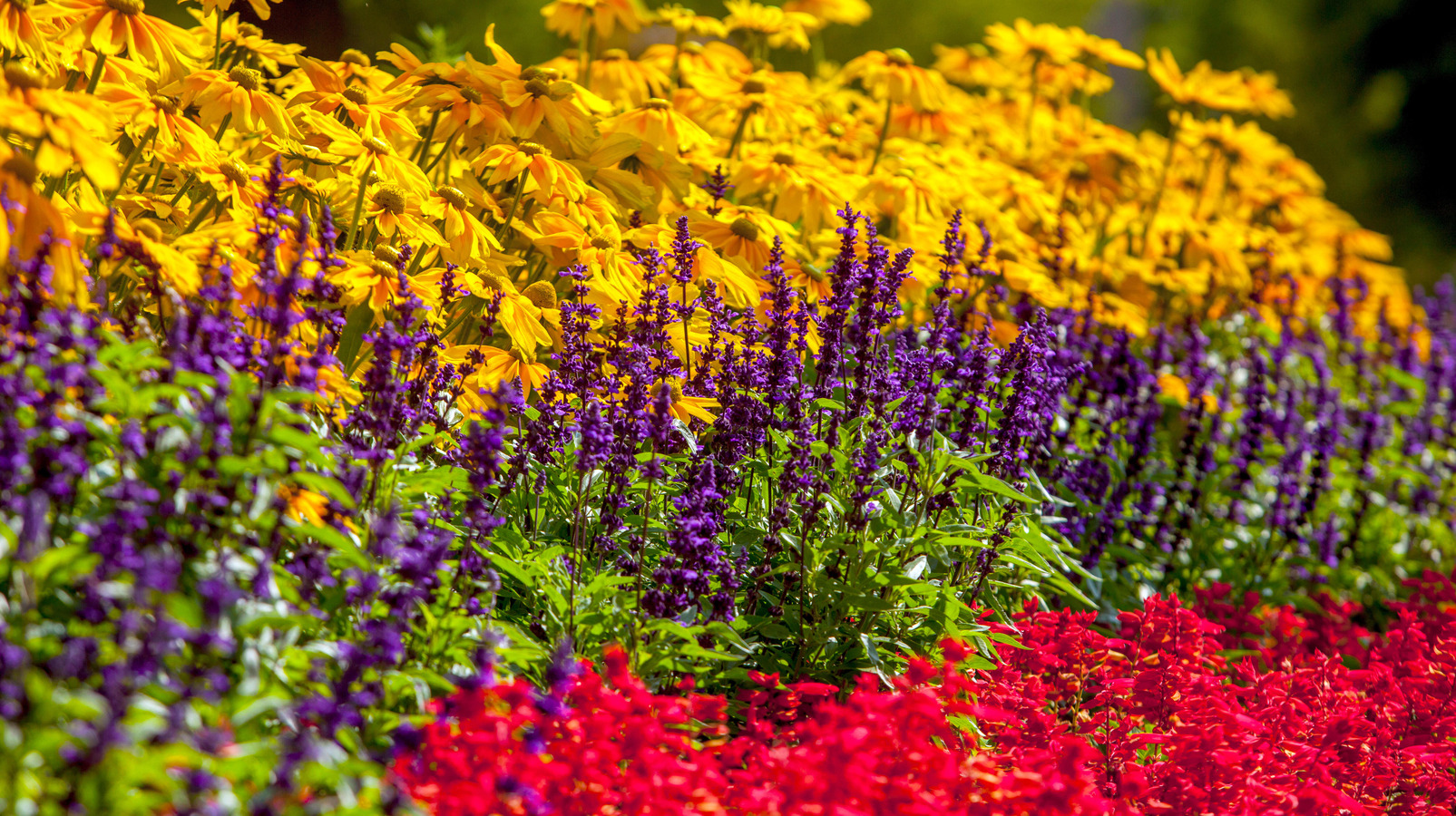 10 low maintenance, drought tolerant plants – for a beautiful and undemanding landscape
10 low maintenance, drought tolerant plants – for a beautiful and undemanding landscapeExpert plant picks for a thriving dry garden, that will make life easier and more colorful
By Jacky Parker Published
-
 How to grow eastern redbuds – the cherished native tree with striking spring blooms
How to grow eastern redbuds – the cherished native tree with striking spring bloomsAdaptable and reliable, eastern redbuds are tough trees that will not disappoint
By Thomas Rutter Published